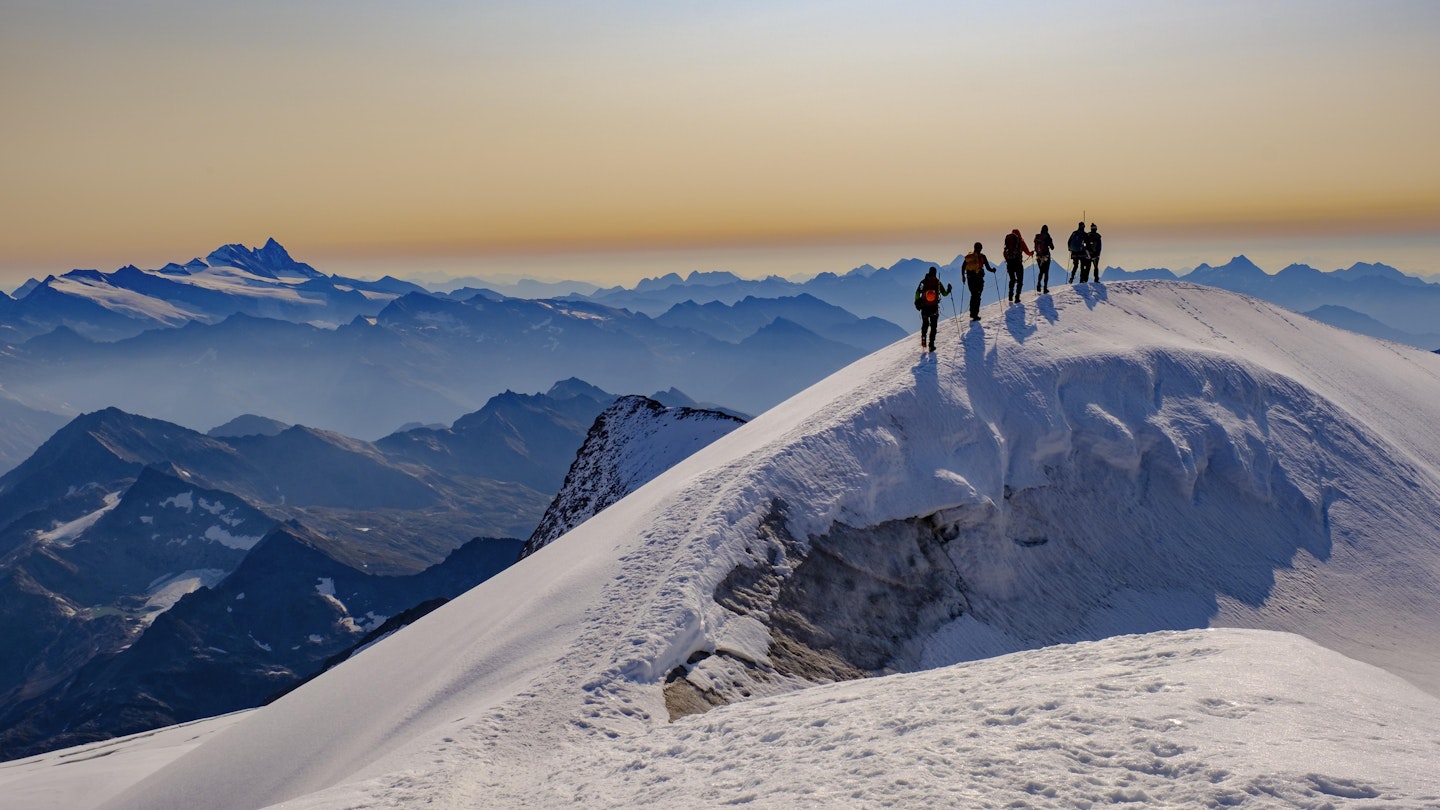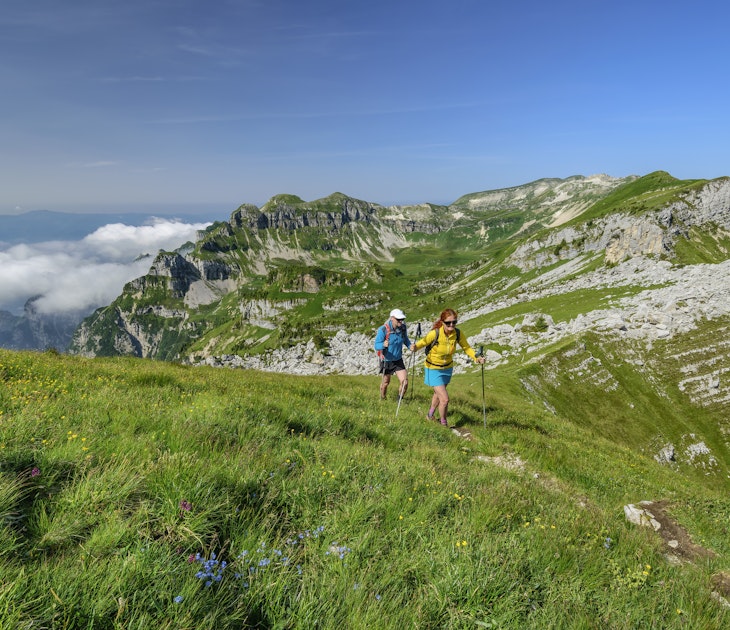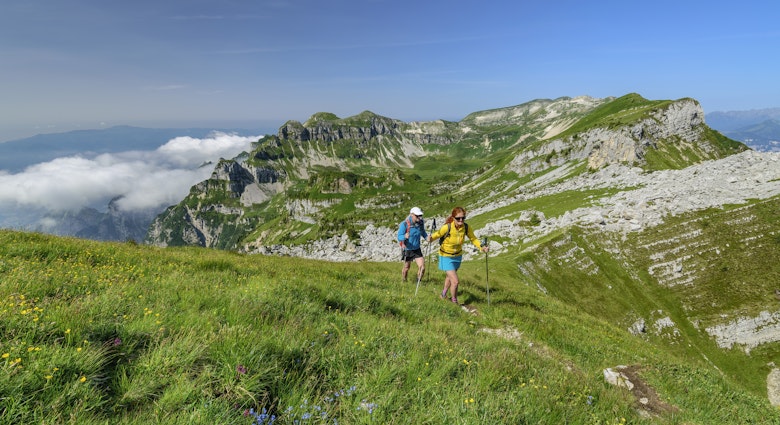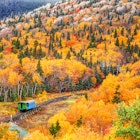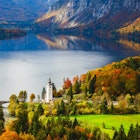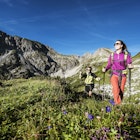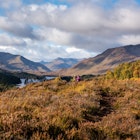Austria’s six national parks cover a spectacular range of landscapes, from glacier-clad mountains and alpine meadows to gorge-slashed forests, wetlands and floodplains. The wildlife is extraordinary, the scope for hiking and other outdoor adventures seemingly limitless, the hospitality wonderful, and the views quite unforgettable.
Best of all, entry to Austria's national parks is free, opening up a natural playground for hiking, kayaking, wildlife-watching and other outdoor adventures. For anyone who loves alpine scenery and lungfuls of fresh mountain air, here's a guide to the best national parks in Austria.
Hohe Tauern National Park
At over 1,850 sq km, Hohe Tauern National Park is the largest protected area in the Alps, sprawling across the borders of Carinthia, Salzburg and Tyrol. It’s a breathtakingly beautiful place – a 100km-wide sweep of jagged summits topping 3,000m, flanked by rock-strewn slopes, lush mountain pastures and creaking glaciers.
The sheer scale of it all can be hard to take in at first. The park includes 3,798m-high Grossglockner – Austria’s highest mountain – as well as nearly 350 glaciers, including mighty Pasterze, the longest glacier in the Eastern Alps. You can also watch the waters thunder over the Krimml Waterfalls, the highest falls in Austria.
Established in 1992, Austria’s oldest national park is home to nearly 15,000 species of animals, including such iconic creatures as the ibex, golden eagle and bearded vulture – an enormous bird with a wingspan of almost 3m, successfully reintroduced into the area in the 1980s.
There’s boundless scope for hiking, with fabulous day-long hut-to-hut trails, as well as epic long-distance routes including part of the Alpe Adria Trail, which runs for 750km (466 miles) through Carinthia and parts of Italy and Slovenia. For hiking, wildlife and sheer take-your-breath-away views, it doesn’t get much better than this.
While you're in the area, consider a detour north to the Dachstein massif near Filzmoos; the famous Ski Amadé ski area is crowded with skiers in winter, but in summer, there's wonderful walking here, including the high-altitude Dachstein Circuit.
Kalkalpen National Park
Kalkalpen National Park preserves one of the largest areas of uninterrupted old-growth forest in Austria. These dense, primeval beech forests are a haven for plants and wildlife – one third of all the plant species occurring in Austria grow here, including over 40 species of orchid and endemic species like the Austrian spurge (a species of euphoria).
This is also the only area in the Austrian Alps where lynx are found. The forests of Kalkalpen National Park were the first place in Austria to be listed as a Unesco World Heritage Site, along with several other areas of ancient beech forest in Europe.
The national park covers an area of 208 sq km, and includes the mountains of the Reichraminger Hintergebirge and the 20km-long ridge of Sengsengebirge, with its prolific limestone caverns and outcrops. There are plenty of hiking trails, including several loops that can be comfortably walked in a day. The viewing tower in the activity center at Wurbauer Kogel provides a dramatic overview of this amazing landscape.
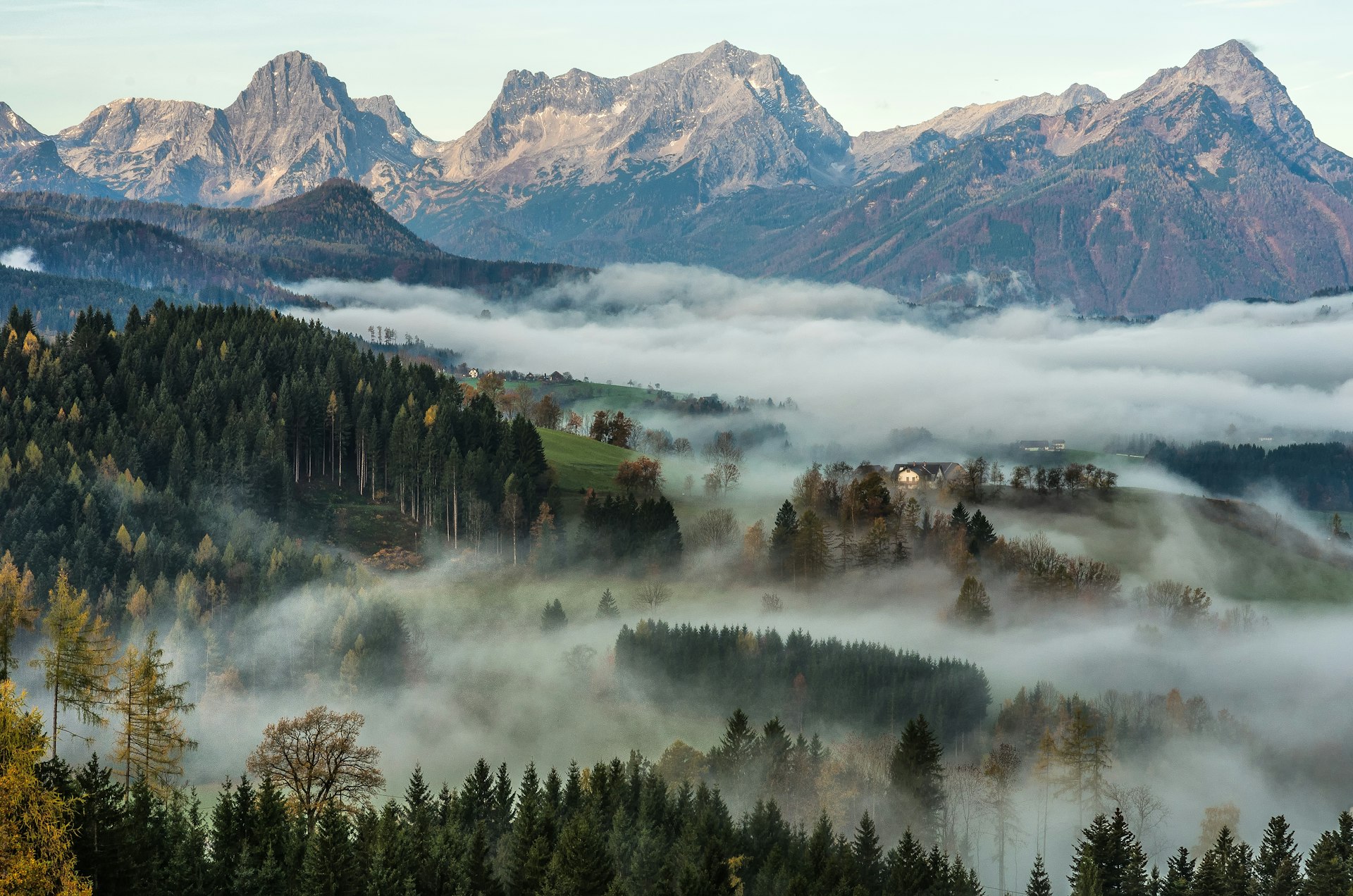
Gesäuse National Park
Austria’s youngest national park, and the only one in Styria, Gesäuse National Park was established in 2002 and it covers an impressive array of landscapes spread over 121 sq km. The park is centered on the roaring River Enns, but it also encompasses the steep-sided limestone peaks of the Reichenstein, Buchstein and Hochtor massifs.
There’s wildlife galore, from golden eagles to otters to sandpipers, alongside a staggering number of butterfly species. But what makes Gesäuse National Park particularly special is the number of endemic species, over 200 of which have been recorded so far. This is one of the greatest hotspots for endemic species in the Alps.
The best way to explore this compact area of wilderness is with a stout pair of hiking boots. Marked trails run for nearly 500km within the national park, from short and easy themed hikes to more challenging hut-to-hut routes, such as the 110km Gesäuse Hüttenrunde, which takes around a week.
Donau-Auen National Park
Established in 1996, the 96 sq km Donau-Auen National Park includes some of the best-preserved floodplain landscapes in Central Europe, following a free-flowing stretch of the Danube between Vienna and Bratislava. Together with the majestic Danube River itself, the landscape includes riparian forests of black alder, white willow and poplar that get flooded several times a year, along with steppe-like meadows.
Donau-Auen National Park is a great area for bird watching – over 100 species of bird have been recorded here, with star sightings including corncrakes, black kites, and white-tailed eagles (Europe’s largest species of eagle, with a wingspan of 2.5m). There are plenty of hiking trails, both close to the river and in forested areas, while hiring a canoe or kayak opens up water-based fun on the river and the many oxbow lakes found in this watery landscape. Before you hit the trails, check locally for information on flooding.

Neusiedler See-Seewinkel National Park
Neusiedler See-Seewinkel National Park lies southeast of Vienna, where the foothills of the Alps merge with the vast sprawl of the Pannonian plain. This region has a long history of stock-raising and viticulture, and large areas of the park are privately-owned but left to nature in exchange for government grants. Its unique landscape includes an enormous stretch of reed beds (they second-largest in Europe), along with meadows and pastures, lakes and ponds.
Europe’s westernmost steppe lake lies here, and the landscape is dotted with soda pools. It’s a fantastic area for bird watching – great bustards are a highlight, along with a whole slew of water birds. The reserve is also home to a number of rare, salt-tolerant plant species such as sea aster, which forms a carpet of lilac-colored flowers from July to October. Covering an area of 97 sq km, the park is also known for its active preservation of traditional domesticated animal breeds, including Hungarian grey cattle and white donkeys.
Thayatal National Park
Thayatal National Park centers on a beautiful, meandering stretch of the River Thaya, whose great looping bends are surrounded by low, forest-clad hills. Established in 2000, it lies north of Vienna on the border with the Czech Republic, and at just under 14 sq km, it’s Austria’s smallest national park.
Yet despite its diminutive size, Thayatal packs in an extraordinary level of biodiversity. The park’s most celebrated resident is that elusive feline, the European wildcat, first recorded here in 2007. The reserve is particularly rich in plants, with many rare and threatened species. There are plenty of easily accessible, themed hiking trails that are good for families with young children, including a Wildcat Trail (though you'll need luck on your side to spot a wildcat).
You may also like:
How to get around Austria's magnificent landscape
The best times to visit Austria: when to go for snow, sunshine, Strauss concerts and more
Find mountain majesty on Austria's best road trips

